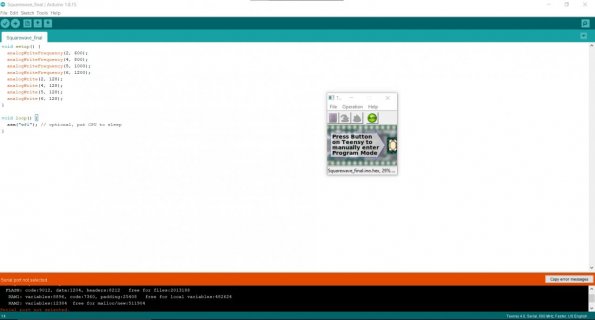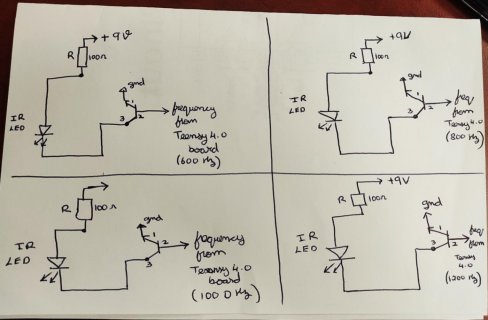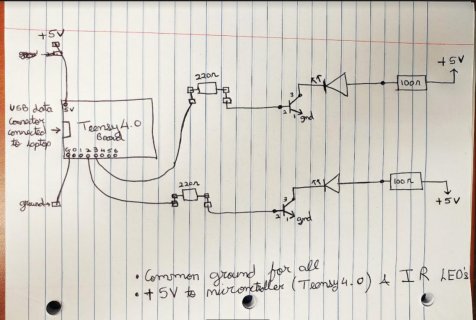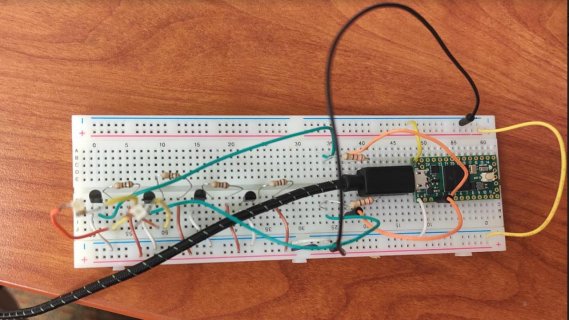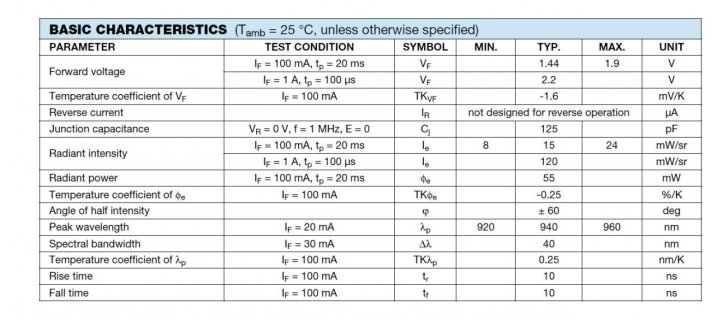devanshshukla
Member
Hi Everyone,
I am currently working on a project where I need to supply 6 square waves to 6 different IR Emitters simultaneously at different frequencies ( namely 600 Hz,800Hz,1000Hz,1200Hz,1400Hz,1600Hz ), all at a 50% duty cycle.
I have ordered the Teensy board 4.0 as someone on stack exchange suggested that it would be useful.
But I do not know how to program it according to my requirements.
I am fairly new to electronics background and have no clue about the code, it is a part of my project, so I need some help.
Could someone help me with the code or send me some examples that I could refer to and get help from ?
All the help will be really appreciated. I have been stuck on this for a while.
Thank You So Much!
Sincerely,
Devansh Shukla
dshukla@g.clemson.edu
I am currently working on a project where I need to supply 6 square waves to 6 different IR Emitters simultaneously at different frequencies ( namely 600 Hz,800Hz,1000Hz,1200Hz,1400Hz,1600Hz ), all at a 50% duty cycle.
I have ordered the Teensy board 4.0 as someone on stack exchange suggested that it would be useful.
But I do not know how to program it according to my requirements.
I am fairly new to electronics background and have no clue about the code, it is a part of my project, so I need some help.
Could someone help me with the code or send me some examples that I could refer to and get help from ?
All the help will be really appreciated. I have been stuck on this for a while.
Thank You So Much!
Sincerely,
Devansh Shukla
dshukla@g.clemson.edu


